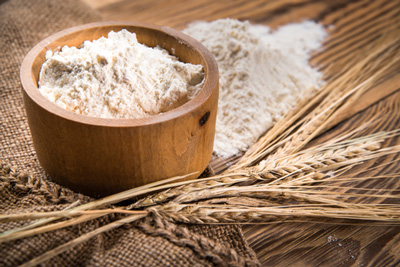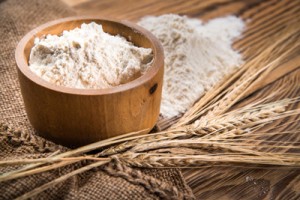Researchers develop method for higher wheat flour purity
- Like
- Digg
- Del
- Tumblr
- VKontakte
- Buffer
- Love This
- Odnoklassniki
- Meneame
- Blogger
- Amazon
- Yahoo Mail
- Gmail
- AOL
- Newsvine
- HackerNews
- Evernote
- MySpace
- Mail.ru
- Viadeo
- Line
- Comments
- Yummly
- SMS
- Viber
- Telegram
- Subscribe
- Skype
- Facebook Messenger
- Kakao
- LiveJournal
- Yammer
- Edgar
- Fintel
- Mix
- Instapaper
- Copy Link
Posted: 9 December 2015 | Victoria White | No comments yet
The test introduces sophisticated molecular methods that focus on high, endosperm purity in flour extracted from wheat kernels…


Researchers from Kansas State University have developed a new testing method to help millers assure wheat flour purity.


The test introduces sophisticated molecular methods that focus on high, endosperm purity in flour extracted from wheat kernels.
“We are helping the miller by measuring the endosperm purity for flour streams coming from each stage of the milling process,” said Mark Boatwright, a Kansas State University doctoral candidate in biochemistry and molecular biophysics from Runnels, Iowa. “This will allow the miller to optimise settings on equipment and make decisions to meet the baker’s specifications for quality flour.”
When completed, the work being done at the university will allow the miller to exclude inferior flour streams from the final product.
“If a miller hasn’t met the baker’s specifications, the effort is wasted,” said David Wetzel, professor of grain science and industry. “We are enabling the miller to meet purity specifications by giving him a selective analytical test.”
An optimised process leads to a higher yield at the desired flour purity
The Kansas State University scientists analysed 29 flour streams from a commercial wheat mill to determine the endosperm purity as it moves closer to becoming flour for bread or other products.
“The result is an endosperm purity profile that enables the miller to determine the point at which a cut-off is required to maintain purity for the baker and, ultimately, the consumer,” Boatwright said.
Wetzel said that giving millers greater ability to optimise equipment settings for the milling process pays off with a higher yield of flour at the desired purity.
“In the economy of Kansas, the production of bread-quality wheat is a big deal,” Wetzel said. “We have shown that by using recently developed technology, the efficiency in a mill can be improved without reducing the flour yield.”








